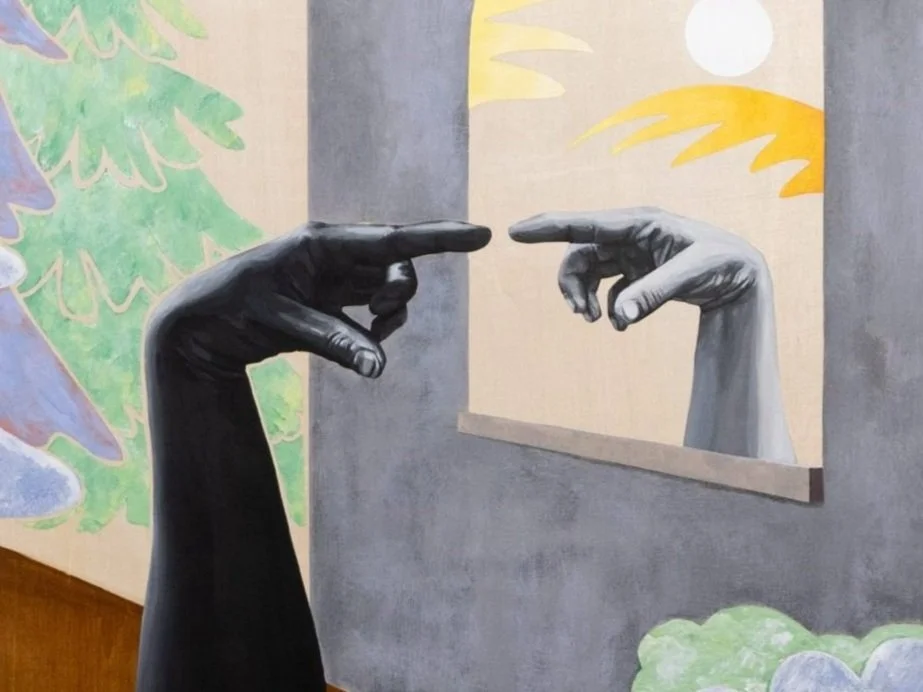Why Representation in Art Matters
I grew up in a small Filipino community in Montana. Outside of my aunties and other mixed kids in our community, the closest thing I had to representation was Vanessa Hudgens as Gabriella Montez in High School Musical, whose character was actually “a young lady of hispanic descent”.
In recent years, we have had a growing amount of Filipino representation in mainstream media—primarily musical, because we all know that musical gene goes deep (I did not get it though)—from renowned artists like H.E.R, Ruby Ibarra, and Olivia Rodrigo.
But there is much to be said about the power of visual art that we see everyday in our homes.
Here are three powerful ways seeing yourself in visual art can improve your wellbeing and happiness…
Increased Sense of Belonging
We need four things in life: food, water, air, and shelter.
I believe that belonging is intrinsically shelter. We find safety with the people that we feel like we belong to. This is family, friends, community—kapwa.
It is from shared stories that we connect with our families, friends, and communities.
Stories help us grow, find direction, and daydream.
When we hear stories from people we relate to, suddenly we know that things are possible and that we are capable of the same achievements.
Belonging is more than shelter in our communities, belonging tells us that we are deserving and we are capable.
The visual language in my paintings tells a story. From the wood panels, to the rich brown stain, the pastel colors, and the two-toned hands, I am telling the story of a mixed kid finding belonging in the American West and Filipino diaspora.
2. Improved Mental Health
Have you ever read a book or heard a story from a friend that profoundly affected you?
Chances are you had something in common with the character in the story. It is through stories that we self-reflect, and the most powerful stories are the hard, honest truths from people we see ourselves in.
I remember the first book I read that deeply impacted me. I was about 20 years old, and read The Joy Luck Club on a summer vacation from college.
Sobbing all the way through the book, I realized it was the first time I experienced a story that I related to so deeply.
The relationships between immigrant mothers and their American-born children, and the dynamics between all of the aunties and daughters made me feel so seen. I felt like I was reading a reflection on my own life and community. And it is through seeing ourselves in such an accurate depiction, that we are able to better asses our actions, emotions, and our own interior narratives.
”I started looking in the mirror and only seeing a white person.” is a painting assessing a moment in my life when I realized I had learned to see someone else in the mirror.
3. Sharing of Cultural Heritage
Let’s face it: our families get more and more mixed each generation in the diaspora. If your children aren’t mixed, maybe your nieces and nephews are.
As I get older and older, and my biological clock feels like it’s getting louder and louder, I find myself nesting and creating a space to pass down my own cultural stories.
Nesting isn’t just interior design. It includes placing the palayok (Filipino cauldron) on my kitchen table, having a rice cooker in the counter corner, filling my freezer with a ziplock bag of lumpia, and having the Mae Ploy ready in the fridge door.
Nesting looks like creating opportunities in our home to reminisce about family stories and pass cultural heritage down to our increasingly mixed younger generations.
Visual art is a powerful way to spark conversations about our family history, values, traditions, and to pass down cultural heritage.




